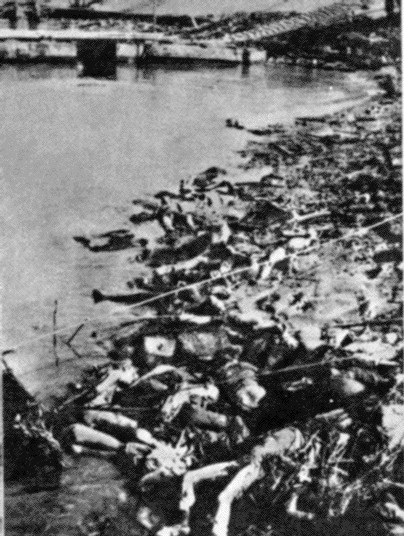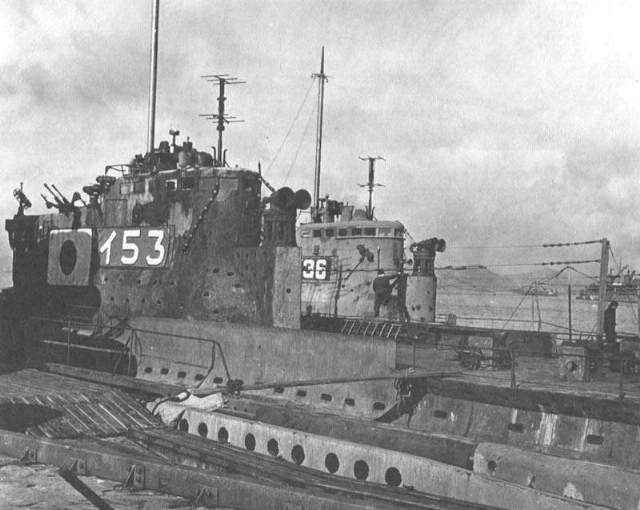 home
home
Being born in 1953 I had never heard about this history until i found these articles in my research.Interesting Reading:
Read about the 1937 - 1938 Rape of NanJing ( Nanking China )
Read about the Rape of NanJing
The Nanjing China Massacre (Dec. 1937-- Feb. 1938)

On December 23rd, 1937 Japanese invaders used several dozens of trucks,
drove more than one thousand elderly, women and children to the sandbank,
and buried them alive in a huge pit dug beforehand.
All the victims' hands were tied behind their backs, they could only cry and curse, they had no way to resist.
Another place of concentrated massacre was at ShangYuan gate. On December 24th, Japanese invaders massacred eight to nine thousand people.
Read more about the Rape of NanJing China 1937
Japan Experimenting with Germ Warefare in China during WW II.
Japans Germ Warfare Experiments
Japans Germ Warfare Experiments
Plans to take the germ war to the US homeland
In 1944, when Japan was nearing defeat, Tokyo's military planners seized on a remarkable way to hit back at the American heartland: they launched huge balloons that rode the prevailing winds to the continental United States. Although the American Government censored reports at the time, some 200 balloons landed in Western states, and bombs carried by the balloons killed a woman in Montana and six people in Oregon.
Half a century later, there is evidence that it could have been far worse; some Japanese generals proposed loading the balloons with weapons of biological warfare, to create epidemics of plague or anthrax In the United States. Other army units wanted to send cattle plague virus to wipe out the American livestock industry or grain smut to wipe out the crops.
There was a fierce debate in Tokyo, and a document discovered recently suggests that at a crucial meeting in late July 1944. It was Hideki Tojo - whom the United States later hanged for war crimes - who rejected the proposal to use germ warfare against the United States.
At the time of the meeting, Tojo had just been ousted as Prime Minister and chief of the General Staff, but he retained enough authority to veto the proposal. He knew by then that Japan was likely to lose the war, and he feared that biological assaults on the United States would invite retaliation with germ or chemical weapons being developed by America.
Yet the Japanese Army was apparently willing to use biological weapons against the Allies in some circumstances. When the United States prepared to attack the Pacific island of Saipan in the late spring of 1944, a submarine was sent from Japan to carry biological weapons it is unclear what kind - to the defenders.
The submarine was sunk, Professor Tsuneishi says, and the Japanese troops had to rely on conventional weapons alone.
As the end of the war approached In 1945, Unit 731 embarked on its wildest scheme of all. Codenamed Cherry Blossoms at Night, the plan was to use kamikaze pilots to infest California with the plague.
Toshimi Mizobuchi, who was an instructor for new recruits in Unit 731, said the idea was to use 20 of the 500 new troops who arrived in Harbin in July 1945. A submarine was to take a few of them to the seas off Southern California, and then they were to fly -in a plane carried on board the submarine and contaminate San Diego with plague-infected fleas. The target date was to be Sept. 22, 1945.
Ishio Obata, 73, who now lives in Ehime prefecture, acknowledged that he had been a chief of the Cherry Blossoms at Night attack force against San Diego, but he declined to discuss details. "It is such a terrible memory that I don't want to recall it," he said.
Tadao Ishimaru, also 73, said he had learned only after returning to Japan that he had been a candidate for the strike force against San Diego. "I don't want to think about Unit 731," he said in a brief telephone interview. "Fifty years have passed since the war. Please let me remain silent."
It Is unclear whether Cherry Blossoms at Night ever had a chance of being carried out. Japan did indeed have at least five submarines that carried two or three planes each, their wings folded against the fuselage like a bird.
But a Japanese Navy specialist said the navy would have never allowed Its finest equipment to be used for an army plan like Cherry Blossoms at Night, partly because the highest priority in the summer of 1945 was to defend the main Japanese islands, not to launch attacks on the United States mainland.
If the Cherry Blossoms at Night plan was ever serious, it became irrelevant as Japan prepared to surrender in early August 1945. In the last days of the war, beginning on Aug. 9, Unit 731 used dynamite to try to destroy all evidence of its germ warfare program, scholars say.
Read the complete grusome article here.
This partial related article was found: USATODAY.com
(Posted 3/20/2005 9:05 PM - Updated 3/20/2005 9:08 PM
Japanese WWII submarine found near Hawaii
HONOLULU (AP) — The wreckage of a large World War II-era Japanese submarine has been found by researchers in waters off Hawaii.
A research team from the University of Hawaii discovered the I-401 submarine Thursday during test dives off Oahu.
An I-400 and I-401 were captured at sea a week after the Japanese surrendered in 1945. Their mission — which was never completed — reportedly was to use the aircraft to drop rats and insects infected with bubonic plague, cholera, typhus and other diseases on U.S. cities.)
Email: kk7hm@yahoo.com


